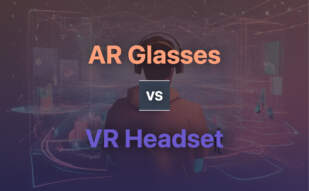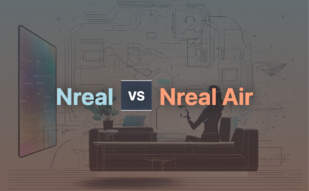When weighing Nreal against Rokid, content creators might lean towards Nreal for its versatile AR/VR combination technology and extensive application possibilities. However, developers seeking specifically advanced AR smart-glasses with AI integration and higher display specs should consider Rokid’s offerings and superior user convenience.
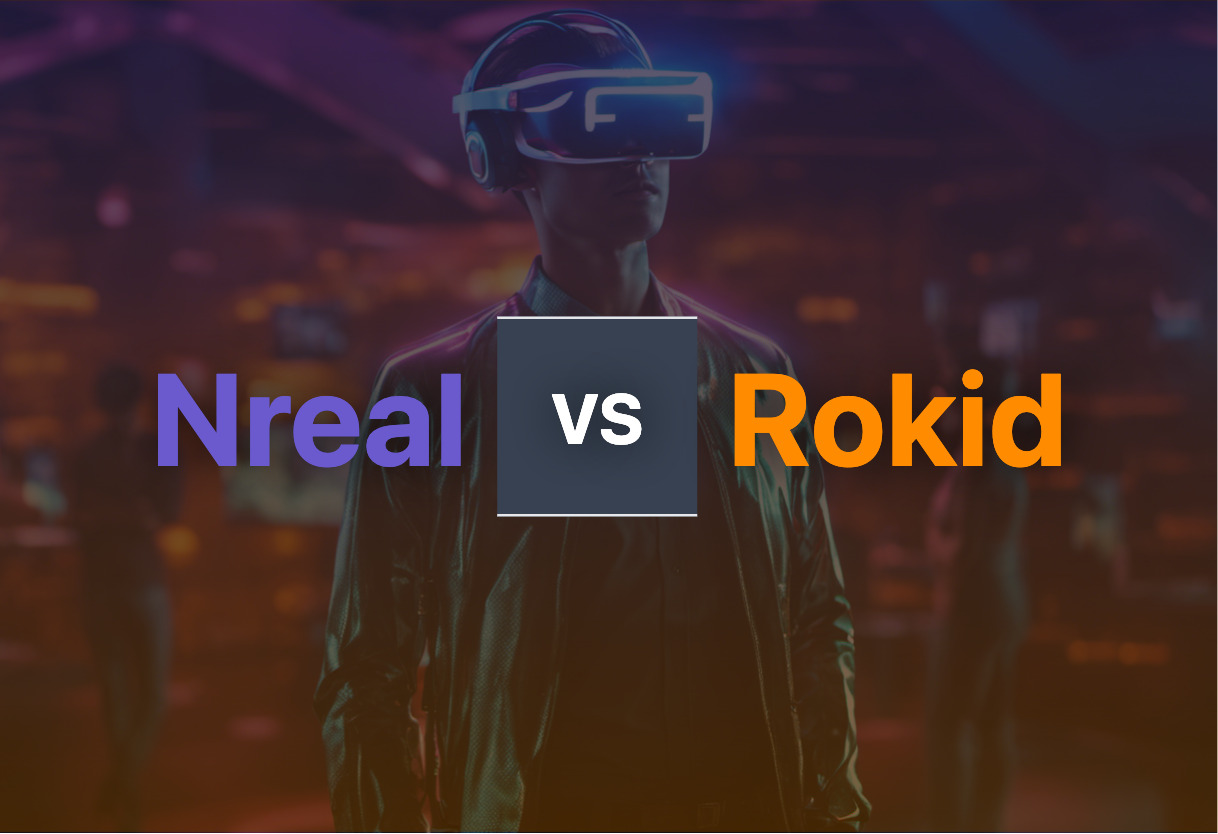
Key Differences Between Nreal and Rokid
- Type of Technology: Nreal fuses AR and VR to form mixed reality systems, while Rokid focusses on AR smart glasses integrated with AI.
- Device Specs: Nreal’s strength lies in its combination of different AR/VR technologies, whereas Rokid boasts superior display specs (50° FoV, 1080P FHD Micro-OLED, 120Hz refresh rate).
- Usability: Both companies have products that cater to diverse use-cases such as gaming, e-commerce, and education. However, Rokid has provided wearable, lightweight, & consumer health-considerate features like compatibility for myopia.
- Feedback and Reviews: While both companies enjoy positive feedback, some of Rokid’s users have aired concerns about invasive app permissions and high prices.
| Comparison | Nreal | Rokid |
|---|---|---|
| Type of Technology | AR and VR | AR Smart Glasses + AI |
| Specific Technology Examples | VR headsets (Built-in screen and Phone-housed types), AR visors, Infinite Display, Meta Quest Pro, Spatial Anchors, Scene Understanding, Stereoscopic color Passthrough | RokidMax, X-Craft, Rokid Glass 2, Rokid Air Pro |
| User Experience | VR creates immersive, alternate world. AR enhances user’s real-world experience with virtual overlays | 50° FoV, 215\” borderless screen, 1080P FHD Micro-OLED, promotes eye comfort, 90% light leakage reduction, supports 2D/3D, suits users with myopia |
| Applications | Gaming, Marketing, E-commerce, Education, Software Development, Research, Healthcare | Enterprise Sector, Logistics, Field Service, Low-vision Accessibility, AI-powered Inspections, Remote Collaboration, Digital Workflows |
| Future Developments | Continue to advance VR/AR hardware, explore applications in various fields | Integration with remote computing, Bluetooth, WiFi devices, third-party gesture control, voice control, size and weight optimization |
| Major Strengths | Versatility in combining AR and VR tech, recognition of 3D space, high graphics performance in focused area, VR optics evolution | High-resolution OLED display, Adjustable settings for different vision requirements, Augments AI elements, Accountability in marrying software and hardware for product breakthrough |
What Is Nreal and Who’s It For?
Nreal reigns in altering real-world perspectives by coupling Augmented Reality(AR) and Virtual Reality(VR); a unison birthing Mixed Reality systems. Simplistically put, Nreal immerses users in a digital-reality blend, piquing interests of gaming enthusiasts, marketers, educators, and software developers. Its headsets, equipped with built-in screens, promise superior graphics – a non-negotiable for tech-aficionados choosy about immersive reality experiences.
Nreal’s strategic mix of AR and VR envisages a projected global market reach of $209.2 billion by 2022. Crafted with Spatial Anchors, Scene Understanding, and Stereoscopic Color Passthrough technologies, it allows digital-physical interactions. Consequently, it captivates 3D space architects, creative world builders thriving in AR/VR platforms, and healthcare sector relentless in practicing complex procedures.
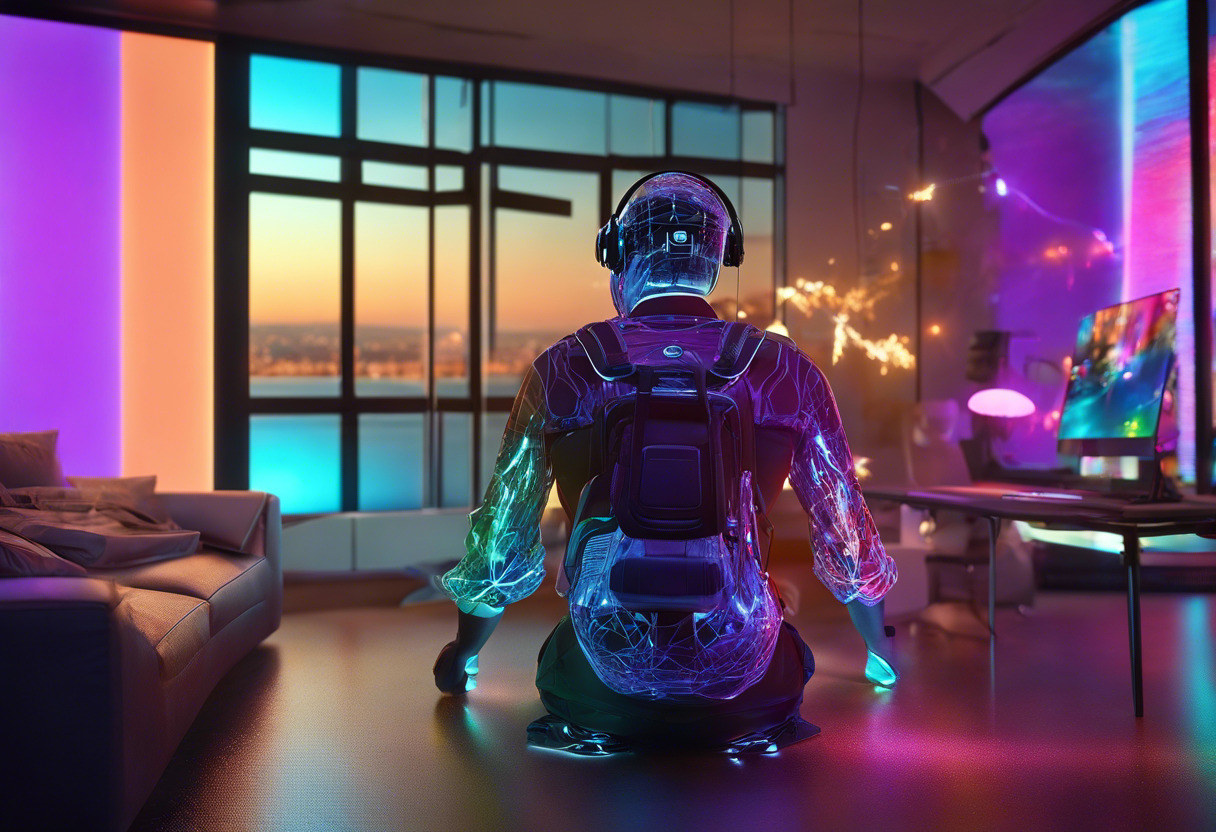
Pros of Nreal
- Superior headset graphics and performance
- Market projected to reach $209.2 billion by 2022
- AR and VR solutions usable in diverse industries
Cons of Nreal
- Built-in screen headsets are more expensive
- Lesser graphics and performance with phone-housed headsets
What Is Rokid and Who’s It For?
Rokid’s fame is anchored in crafting ingenious AI tech and AR smart glasses, commended by tech aficionados globally. Its flagship product, RokidMax, a masterpiece harboring a 50° FoV with a 215″ borderless screen visible as far as 6m. Shrouded in user-friendly features like a 120Hz refresh rate, 1080p FHD Micro-OLED with Sony Semiconductor Solutions Corporation’s panel, Rokid’s offerings are irresistible for myopic users needing a 0.00D to -6.00D adjustment.
With products like X-Craft, Rokid Glass 2 and Rokid Air Pro propagating in various sectors including field services, logistics, and healthcare, it amasses applause from diverse quarters. Its potential ability to integrate third-party gesture control ensnares interests of ergonomics enthusiasts, while upcoming collaborative quests with other partners hint at more captivating content for its platform.

Pros of Rokid
- Features 50° FoV with a 215″ borderless screen
- Eye comfort with 1080P FHD Micro-OLED
- Business potential in diverse sectors
Cons of Rokid
- Runs Android 6.0, may be considered outdated
- Unclear consumer base with competing products in the market
Concluding Verdict: Nreal vs Rokid
After thorough insights into Nreal and Rokid, here comes the determination of choice based on specific use-case scenarios.
AR/VR Developers & Enthusiasts
In terms of technical features,Rokid, with its FoV parameters, fit for myopia users and superior privacy is apt for those testing and pushing the boundaries of AR/VR. Given that its compatibility, advanced gesture control and voice interface are also on the roadmap, it brings a promising outlook for this audience segment.
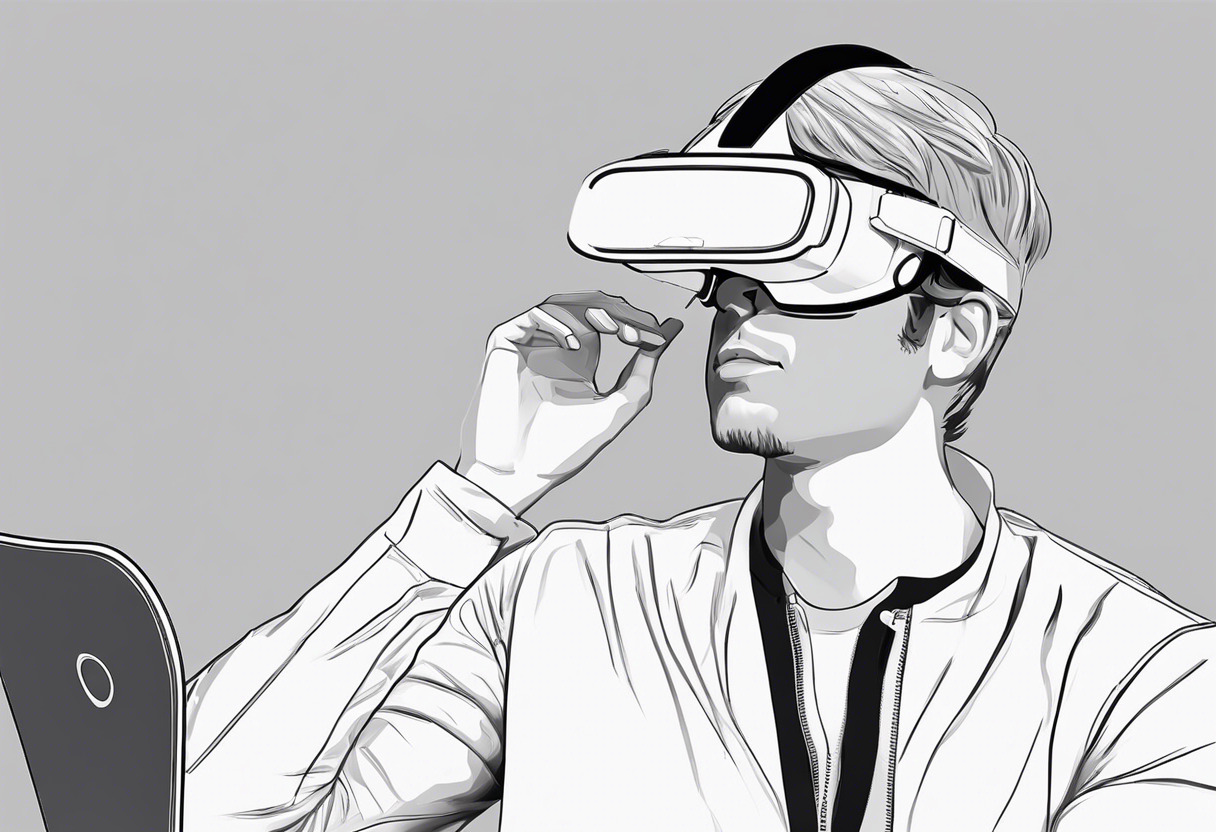
Enterprise Business Users
For businesses needing AR/VR for practical applications such as training, meetings and inspections, Nreal is a better fit, considering its dual capability in AR and VR environments, along with the power of mixed reality systems.
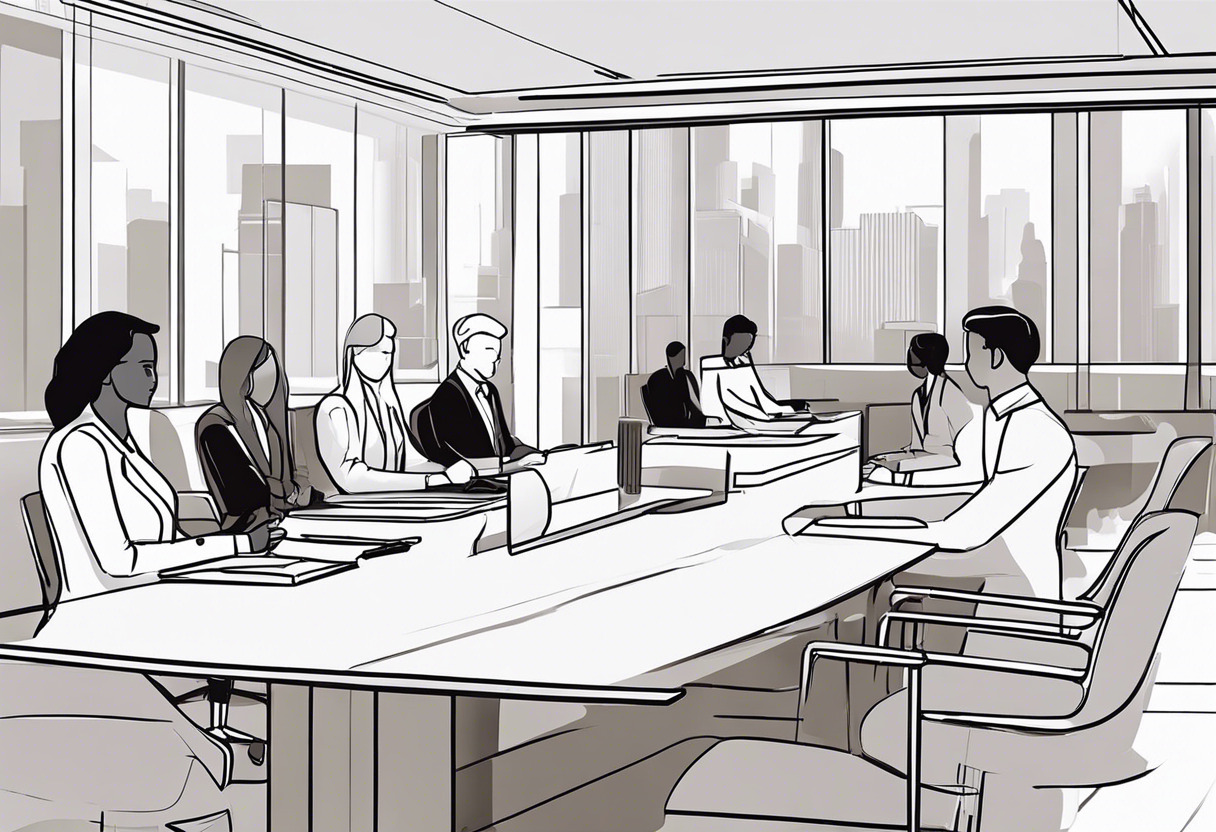
Gaming and Entertainment Enthusiasts
When the priority is entertainment, Rokid glasses noteworthy display specs, compatibility with platforms like Nintendo Switch and user comfort make them the ultimate pick for quality gaming and multi-media experience.

Healthcare Providers
Healthcare providers benefit from the realistic simulations and possibilities to practice complex procedures offered by Nreal’s VR capabilities, aiding in training and therapeutic interventions.

In summary, Rokid appears as the front runner for developers, gaming enthusiasts owing to its superior display, comfort and future prospects. Conversely, for business and healthcare applications, Nreal’s combined AR/VR and mixed reality capabilities deliver a more suitable choice.
Grant Sullivan
Content writer @ Aircada and self proclaimed board game strategist by day, AI developer by night.



